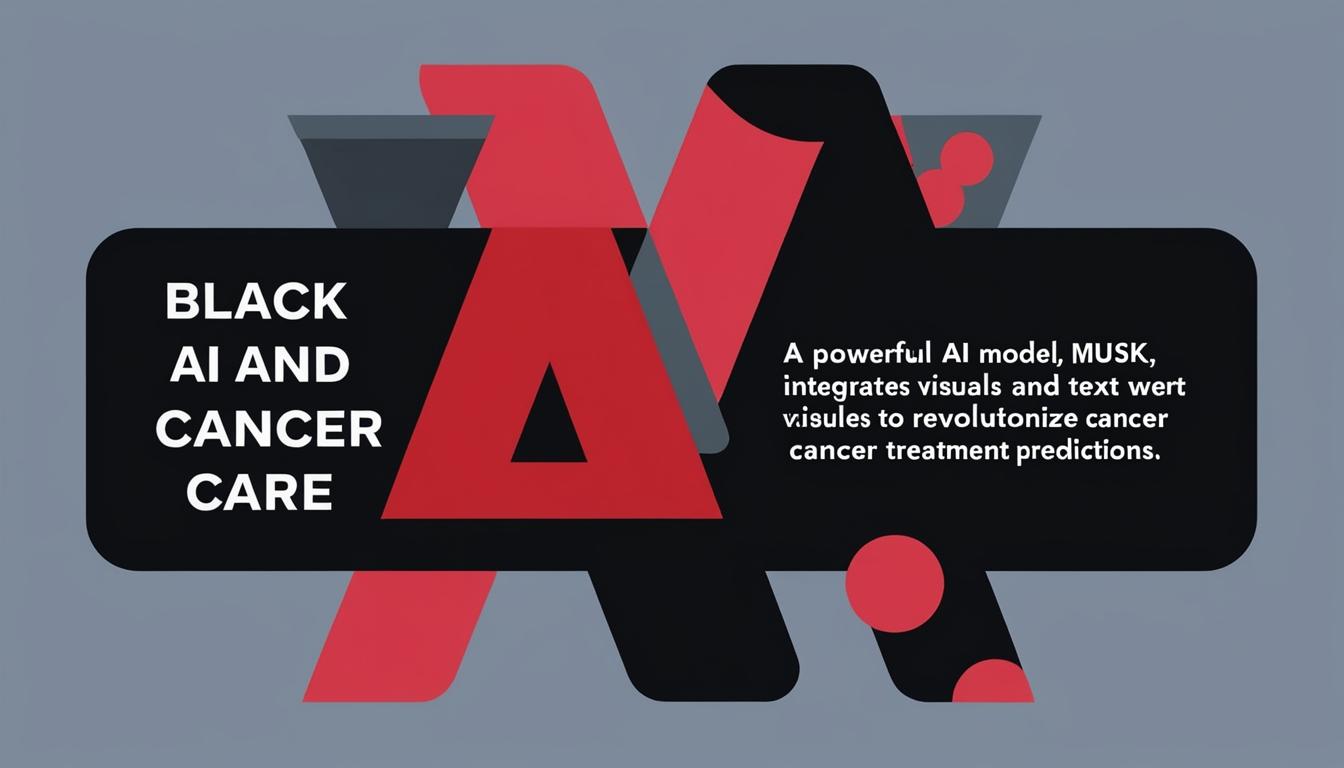Researchers at Stanford Medicine have made significant advancements in the realm of artificial intelligence (AI) applied to cancer care through the development of a groundbreaking model named MUSK, which stands for multimodal transformer with unified mask modeling. This innovative AI model is capable of integrating visual data (such as microscopic images and imaging scans like CT and MRI) with textual information (including exam notes and communications among medical professionals), aiming to deliver enhanced prognostic insights for cancer patients.
The research team, which includes senior author Ruijiang Li, MD, an associate professor of radiation oncology, found that MUSK outperformed traditional methods after being trained on an extensive dataset comprising 50 million medical images and over 1 billion text documents related to pathology. This extensive training enables MUSK to make predictions not only about patient outcomes but also to assess which patients might benefit from specific therapies, such as immunotherapy.
"MUSK can accurately predict the prognoses of people with many different kinds and stages of cancer," said Ruijiang Li, speaking to ScienceDaily. He elaborated on the rationale behind its design, stressing that clinical decision-making typically draws on various data types, and thus the model is tailored to enhance prediction precision based on multifaceted data inputs.
Published on January 8 in the journal Nature, this study reflects a notable shift in how AI technology might be utilised in clinical settings. Traditionally, AI's application has been largely confined to diagnostic purposes, such as identifying cancerous cells within a pathological image, rather than providing predictive insights on disease outcomes.
One of the pivotal challenges in developing effective AI for such applications has been the necessity to train models on vast amounts of labelled data, alongside paired data sets that connect images to clinical notes. However, the MUSK model is distinguished by its ability to utilise unpaired multimodal data, vastly expanding the pool of training data available, and allowing for customisation with smaller, specialised datasets after initial training. This approach categorises MUSK as a foundation model, which is significant in AI development given that it operates independently from the stringent data prerequisites typically mandated for training.
Li emphasised the crucial need for models that assist physicians in guiding treatment decisions, indicating that current practices may not always yield accurate predictions about the most effective therapies based on mere factors like disease staging or genetic markers.
In training MUSK, the researchers leveraged data sourced from the national database The Cancer Genome Atlas. Their results indicated that MUSK effectively predicts disease-specific survival rates for various cancers, achieving a predictive accuracy of 75%, surpassing standard prediction models that achieved only 64% accuracy.
In practical applications, MUSK has demonstrated its capabilities in identifying patients with lung or gastroesophageal cancers who are likely to respond positively to immunotherapy. The model achieved a correct prediction rate of 77% for immunotherapy response in patients with non-small cell lung cancer, notably improving upon the traditional method, which relies on the expression of a single protein biomarker (PD-L1) and yielded accuracy of only 61%.
Furthermore, MUSK also exhibited a high degree of accuracy — about 83% — in predicting which melanoma patients might experience a relapse within five years of treatment, outperforming existing models by 12%.
Li concluded by noting the transformative potential of utilizing unpaired multimodal data in AI applications for clinical predictions, asserting that this advancement could significantly bolster the capabilities of artificial intelligence in assisting healthcare providers in delivering optimal patient care.
The study was also supported by contributions from researchers at Harvard Medical School and backed financially by several grants from the National Institutes of Health, as well as the Stanford Institute for Human-Centered Artificial Intelligence.
Source: Noah Wire Services
